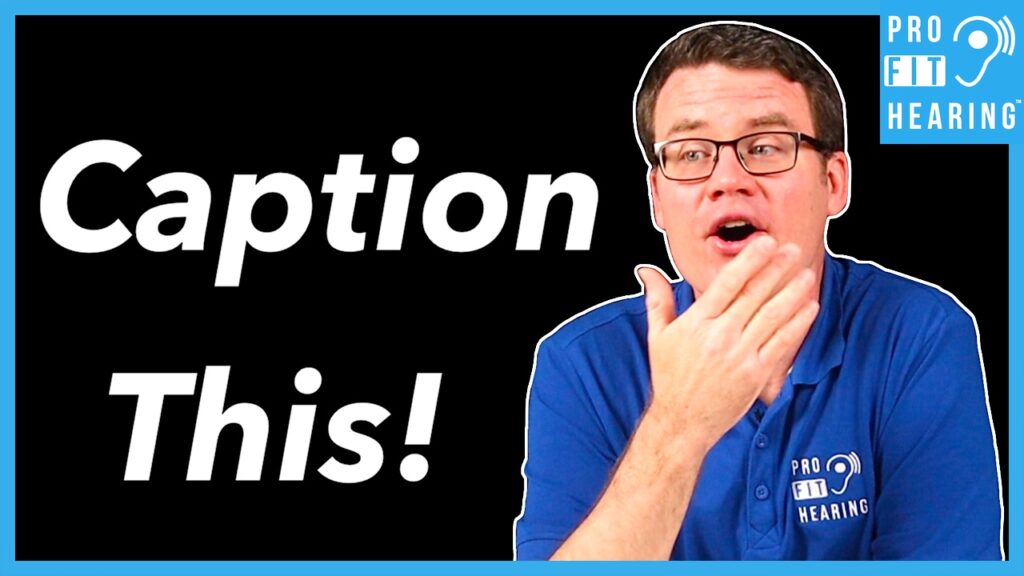Closed Captioning on YouTube for the Hearing Impaired – Translate YouTube Video

Closed Captioning on YouTube
Do you know how to use closed captioning on YouTube? Whether you’re hearing impaired, want to watch videos on mute, or want to translate YouTube videos to another language, I’ll show you how in this post. Coming up!
SUBSCRIBE to our YouTube channel for weekly videos!
Hi, I’m Dr. Derek – audiologist, audio engineer, and musician with Pro Fit Hearing.com bringing you the best insight in today’s latest hearing aids, headphones, and audio technology to improve your life. If you have concerns about your hearing, always consult with your local physician or audiologist.
If you’re interested in hearing aids, check out my free eBook HERE.
Closed Captions + Translation
*For a visual tutorial, please watch video above.*
Today, I’m talking about closed captioning on YouTube. Closed captioning is especially helpful for people with hearing loss. The auto-translate option allows you to change the text to a different language. So, how do you access closed captioning?
First, click on the CC icon in the lower righthand corner of the video, and you should see the closed captioning appear. Captions on YouTube are either provided by the user when uploading a video, or they’re automatically generated by YouTube.
If you want more options, click on the gear icon for settings. Click on Subtitles/CC. The default language for this video is English. The video you’re watching may say English (auto-generated). If you want to translate the video, click on auto-translate. Now you can select your preferred language, and YouTube will provide a translation.
Now if you want to adjust closed captioning even more, click on the gear icon for settings. Click on Subtitles/CC. Then click on options in the upper righthand corner of the box. You now have the ability to adjust the caption font, color, and size. You can also change the caption background, window settings, and character edge style.
All of these optional settings can help make the closed captioning easier to read. Another option is to click the gear icon for settings and to change the playback speed. You might want to slow down the playback to 0.75 or less depending on how fast the captions are moving so that you can easily read them.
Have you tried closed captioning or translation when watching YouTube? Let me know in the comments below. If you received value from this post, go to https://www.youtube.com/profithearing and check out all the videos on our YouTube channel.
-Dr. Derek
